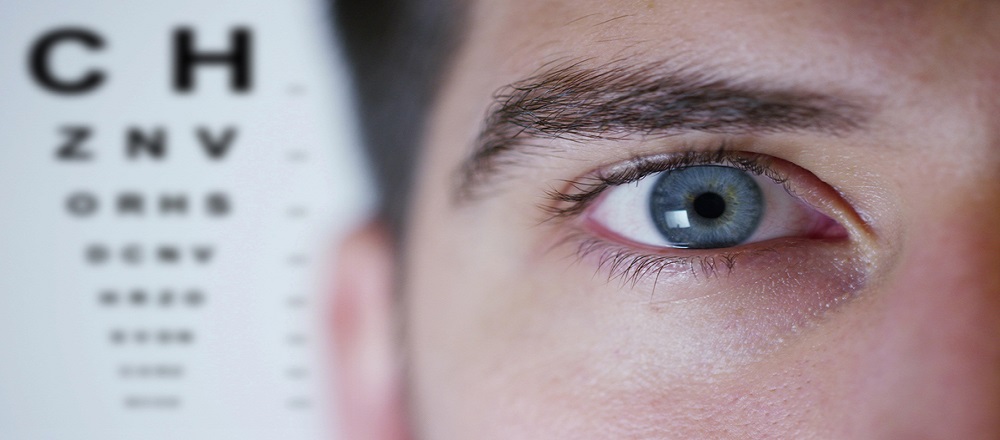Amblyopia, also known as “lazy eye,” is a condition that affects the visual system in which one eye is weaker than the other. This condition typically develops in childhood, but it can also occur in adults. In adults, amblyopia can be caused by several factors, including untreated childhood amblyopia, a history of eye muscle disorders or surgery, and cataracts. Amblyopia treatment in adults can lead to a variety of visual problems, including decreased visual acuity, reduced depth perception, and difficulty with visual tasks that require both eyes to work together. Fortunately, there are treatments available for amblyopia in adults, including those offered by Bynocs.
The Importance of Early Diagnosis and Treatment
It is essential to diagnose and treat amblyopia as early as possible, as the condition can become more challenging to treat with age. In children, the brain is still developing, and the visual system is still malleable. This means that early treatment of amblyopia can lead to better outcomes, including improved visual acuity, stereopsis (depth perception), and overall visual function. However, if amblyopia goes untreated in childhood, the visual system becomes more rigid and less responsive to treatment. In adults, amblyopia can still be treated, but the outcomes may not be as favorable as those seen in children.
Amblyopia Treatment Options for Adults
There are several treatment options available for amblyopia in adults, including vision therapy, patching, and pharmacological interventions. Bynocs offers a range of treatment options, including the following:
Vision Therapy
Vision therapy is a type of treatment that involves exercises and activities designed to improve the visual system’s functioning. In the case of amblyopia, vision therapy typically involves exercises that strengthen the weaker eye, improve eye teaming and tracking, and enhance overall visual function. Vision therapy can be an effective treatment for amblyopia in adults, but it requires a significant commitment of time and effort.
Patching
Patching is a treatment that involves covering the stronger eye with a patch for a specified period each day, forcing the weaker eye to work harder. The goal of patching is to improve the visual acuity of the weaker eye and encourage the brain to use it more effectively. Patching can be an effective treatment for amblyopia in adults, but it can be challenging to adhere to the recommended schedule and may cause social and occupational difficulties.
Pharmacological Interventions
Pharmacological interventions are a newer treatment option for amblyopia in adults, and Bynocs offers a range of pharmaceuticals that can be used to treat this condition. These medications work by enhancing the brain’s plasticity, making it more responsive to visual input. The goal of pharmacological interventions is to improve visual function by strengthening the connections between the visual system and the brain. However, not all individuals are suitable candidates for pharmacological interventions, and they may have side effects.
Combination Therapy
Combination therapy is a treatment approach that combines multiple interventions to address different aspects of the visual system. For example, combination therapy might involve vision therapy exercises combined with pharmacological interventions or patching. Combination therapy can be an effective way to address the complex visual deficits associated with amblyopia in adults.
The Importance of Regular Eye Exams
Regular eye exams are essential for diagnosing and treating amblyopia in adults. During an eye exam, an eye doctor can assess visual acuity, binocular function, and other aspects of the visual system. They can also detect any underlying eye conditions that may contribute to amblyopia, such as cataracts or strabismus. Early detection of amblyopia in adults can lead to more favorable treatment outcomes.
It is also essential to recognize the importance of early diagnosis and treatment, as the visual system becomes less responsive to treatment with age. Regular eye exams are an important part of maintaining eye health and can help detect amblyopia and other visual conditions early on.
Improving Adult Amblyopia: A Comprehensive Guide to Treatment Options by Bynocs
If you are experiencing visual problems, including decreased visual acuity, reduced depth perception, or difficulty with visual tasks, it is important to schedule an eye exam with a qualified eye care professional. They can assess your visual system and recommend appropriate treatment options to help improve your visual function.
In addition to treatment, there are also lifestyle changes that can help improve visual function, such as maintaining a healthy diet, exercising regularly, and reducing screen time. By taking care of your overall health and working with a qualified eye care professional, you can improve your visual function and quality of life.
Conclusion
In conclusion, amblyopia treatment for adults is possible, and Bynocs offers a range of treatment options to help improve visual function. Early diagnosis and treatment are important, and regular eye exams can help detect amblyopia and other visual conditions early on. With the right treatment and lifestyle changes, individuals with amblyopia can improve their visual function and enjoy a better quality of life.





